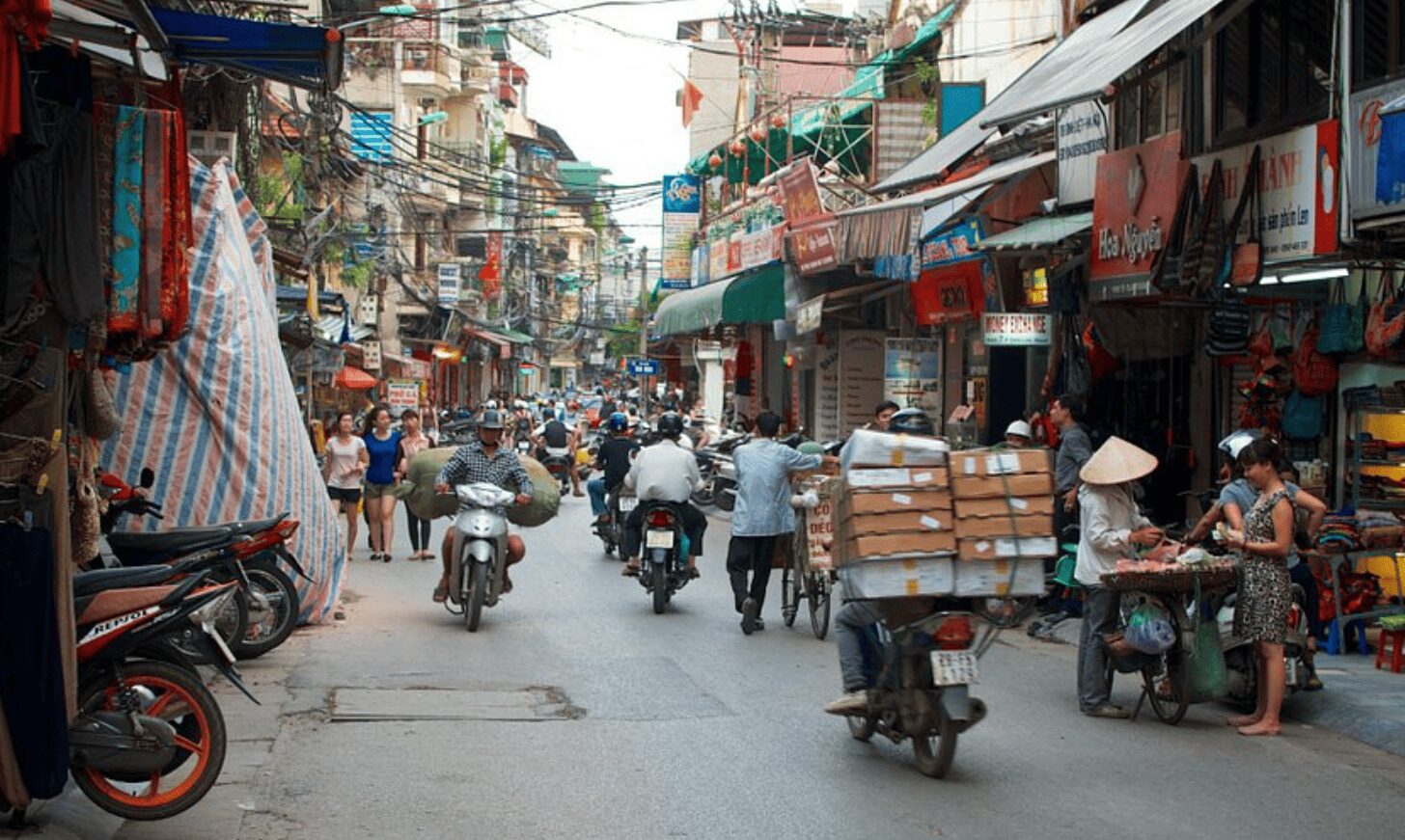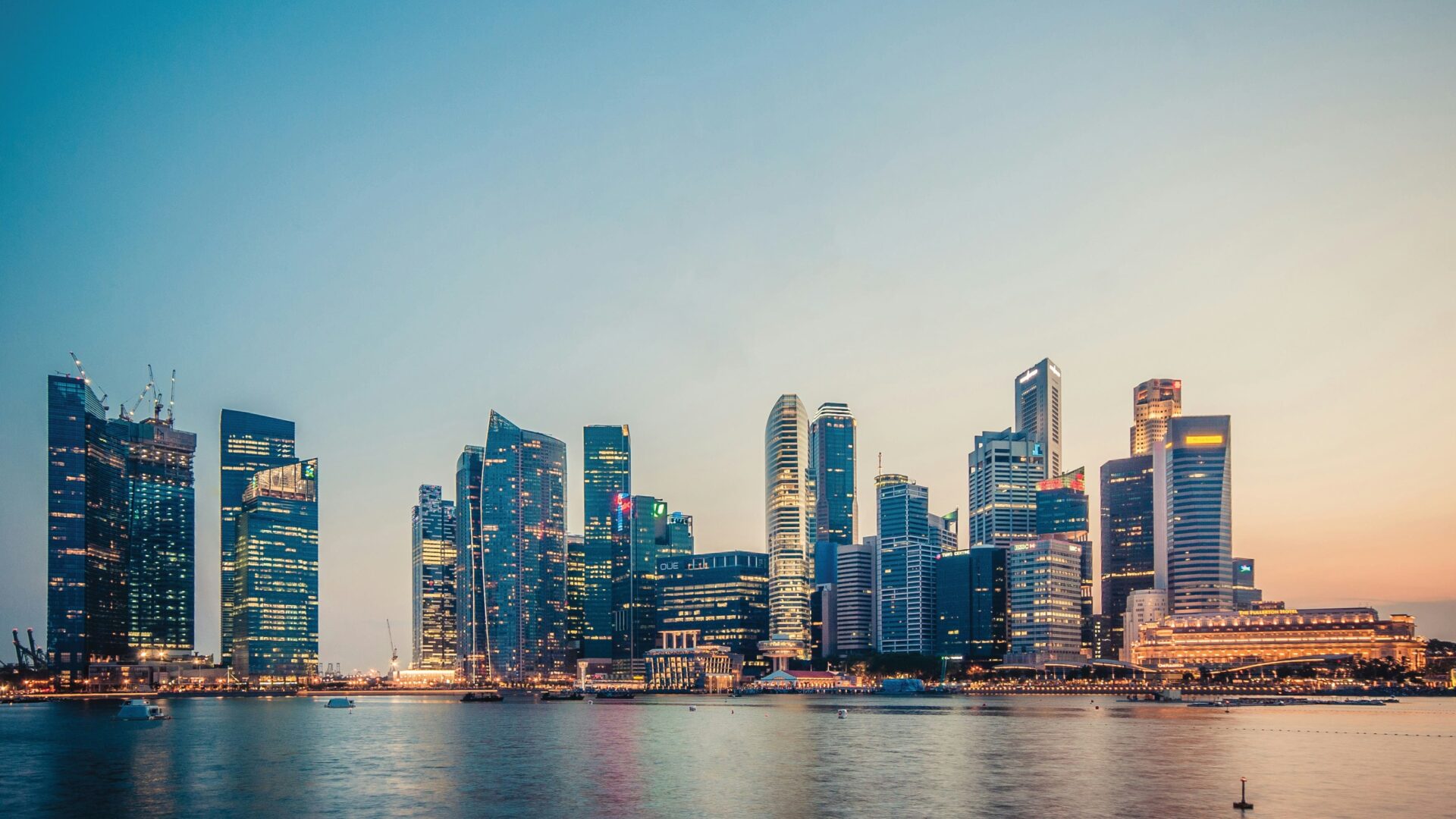The ASEAN Economic Stage: Growth and Prospects That the World Watches

The ASEAN region, with its economic potential and dynamism, is attracting attention from all over the world. Its rich demographic structure and ongoing economic integration offer appealing opportunities for investors and business leaders. This article delves deeply into ASEAN’s basic information, its international standing, growth drivers, challenges it faces, and future prospects.
目次
1. What is ASEAN? Basic Information and Regional Overview
The Association of Southeast Asian Nations (ASEAN), established in 1967, is a political and economic organization consisting of ten countries: Indonesia, Malaysia, the Philippines, Singapore, Thailand, Brunei, Vietnam, Laos, Myanmar, and Cambodia. The organization aims to enhance economic, political, and social cooperation, and promote regional peace and prosperity. Despite varying economic sizes, stages of development, and cultures, these countries collaborate towards common goals.
Collectively, ASEAN countries encompass a population of approximately 650 million and a combined GDP of about $3 trillion, marking it as a significant economic bloc on the global stage. The region is known for its abundant natural resources, relatively low-cost labor, and a growing middle-income class, rapidly developing its manufacturing, agriculture, and service sectors. Indonesia, with a population of around 270 million, serves as the economic leader within ASEAN.
2. Global Attention: ASEAN’s International Standing
ASEAN is positioned as an important economic group on the international stage. The region has established numerous Free Trade Agreements (FTAs) with major global economies such as China, Japan, the United States, and the European Union, enhancing its appeal as a significant market. The signing of the Regional Comprehensive Economic Partnership (RCEP) in 2020, the world’s largest free trade area, has brought economic benefits to ASEAN countries by expanding export markets, diversifying supply chains, and increasing investments.
Additionally, ASEAN is seen as a ‘neutral force’ in international politics, playing a role in promoting regional stability and peace. This geopolitical positioning attracts Foreign Direct Investment (FDI), funding infrastructure projects and high-tech industries from abroad.
3. Economic Growth Drivers: Factors Stimulating ASEAN’s Growth
The economic growth in the ASEAN region is supported by its young population and the expansion of the middle class. This demographic profile provides a plentiful labor force that underpins low-cost manufacturing. Moreover, the growing middle class boosts domestic markets, increasing demand in retail, automotive, electronics, and healthcare industries.
Significant investments in infrastructure also drive economic growth across the region. For example, Thailand’s Eastern Economic Corridor (EEC) project is attracting foreign investments with new industrial developments. The Philippines’ “Build, Build, Build” policy is advancing the construction of roads, bridges, and airports, improving regional access and stimulating economic activities.
4. Challenges and Opportunities: ASEAN’s Economic Future
While ASEAN has many economic opportunities, it also faces several challenges. Economic disparities within the region remain large, with stark differences between countries that are economically advanced and those that are not. Addressing these disparities requires harmonized economic policies and further investments in education and technical training across the region. The expansion of the digital economy offers new employment opportunities, particularly for the younger generation, and revitalizes economic activities. Singapore and Malaysia are developing digital startup ecosystems, establishing themselves as hubs of innovation. Transitioning to green energy also promises sustainable development and growth potential in new industries.
5. Future Prospects of ASEAN: Regional Growth Strategies
ASEAN aims for deeper economic integration, with aspirations for more unified economic policies in the future. Diversifying economies and implementing sustainable growth strategies are pivotal. Enhancing the quality of education, healthcare, and public services remains a critical challenge. Coordinated regional policies and addressing specific national issues are essential. Strengthening international cooperation and expanding economic relations with countries outside the region will support ASEAN’s sustainable growth, establishing it as a more competitive global economic bloc and playing a more significant role in the world economy.
(Photo by Unsplash.com)



